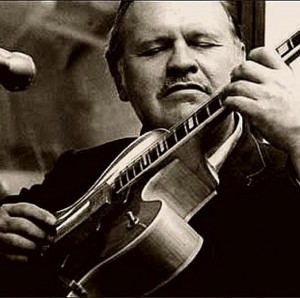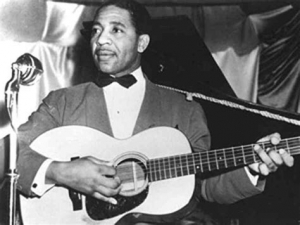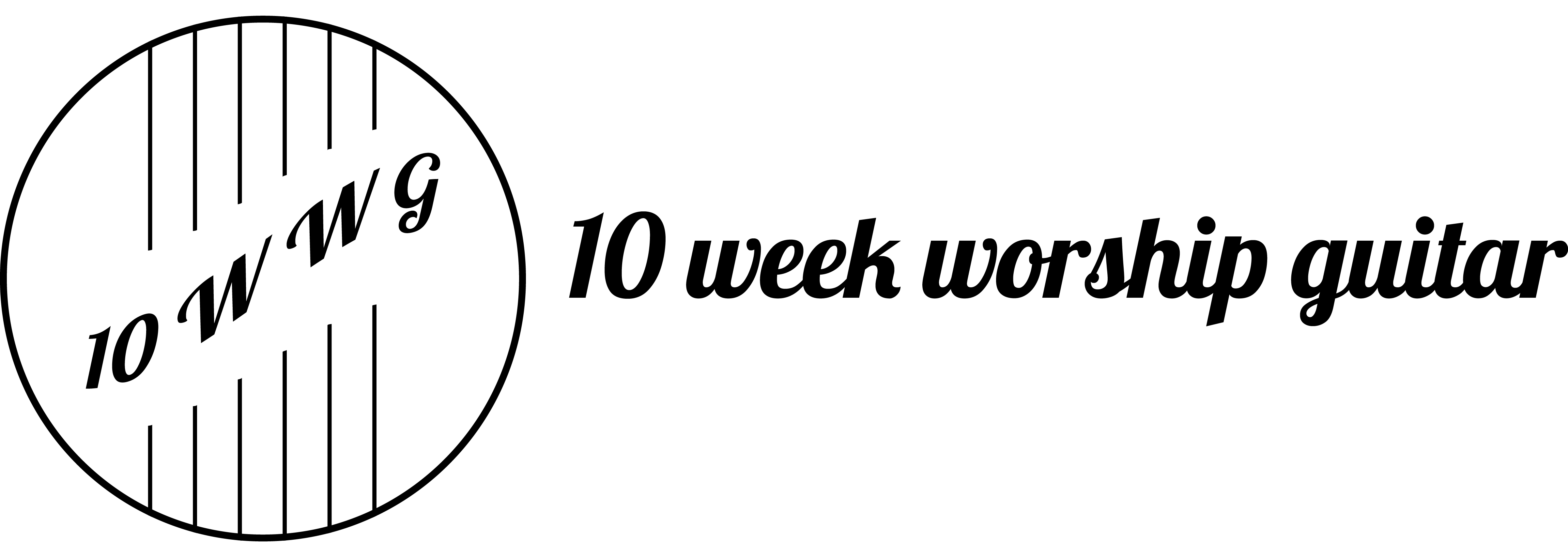Ten Week Worship Guitar
Welcome to The Ten Week Worship Guitar blog. As well as my recent resurrection of my YouTube channel, on which I’ve now begun sharing a weekly worship guitar focused workshop called ‘Worship Workshop Wednesday’, I recently resumed blogging. I started with a 3-part series on why I teach worship guitar as opposed to just playing it.
Over the past few weeks here on the blog, I’ve been sharing something which I’ve not extensively shared anywhere before – some work from my Ph.D, which focuses on the development of the guitar over the last century, and it’s influence on the music produced on it. Feel free to go back through the last few posts to get a feel of what’s been shared so far. This week, I continue to dive into the development of the electric guitar, the evolution of new styles and beyond. If you’re interested in learning more about the guitar, look no further than this blog. If you know others who would be interested in this too, please share with them.
A new post will be shared here on the blog every Monday, so do ensure that you’re following the journey, and don’t forget to subscribe to my YouTube channel, where you’ll receive a free workshop every week which will teach you not only a new worship song to add to your repertoire, but also a skill, which will continue to carry you forward in your worship guitar journey.
The Electric Guitar: Part Two
The earliest commercially produced electric guitar was by the Rickenbacker company in 1931. It was designed by George Beauchamp and Paul Barth and was a seven string electric Hawaiian guitar with a cast aluminum body and neck and an electromagnetic pick-up. Barth recollected that Beauchamp:
… took an old speaker and ran a string between the magnets and got some sound out of it. George discovered that by putting two magnets together and opposing them, the magnetic field was increased many times, and he had a very powerful pickup (Mongan 1983: 80).
At about the same time the De Armond company began to produce guitar pick-ups. Dobro were also producing resonator guitars with a pick-up in 1932, and Gibson soon followed suit: Walter Fuller began making pick-ups for Gibson in 1934, using them first on Hawaiian models. Amplifiers to accompany these models were made in the same year by Lyon and Healy.
George Barnes.

George Barnes
In the early to mid-1930s several musicians began experimenting independently with the amplification of the guitar. George Barnes (1921 – 1977) was born in Chicago and his first recordings were with the blues singers Big Bill Broonzy, Blind John Davis, and Washboard Sam. Barnes was one of the few guitarists in the 1930s to develop an individual single string style and was among the first guitarists to play electric guitar (in 1931) and record with it (in 1937). His brother, who Barnes described as an “electronic genius”, built him an electric guitar pick-up in 1931:
Lonnie Johnson.
Because he knew I wanted to play solo lines which could be heard in a band… There were few guitarists then who soloed. I didn’t want to play rhythm, I wanted to play melody. I heard many records by Django Reinhardt but I couldn’t relate to his playing because he sounded foreign to me… When I was young I hung around with Lonnie Johnson and he taught me to play the blues (Mongan 1983: 82).

Lonnie Johnson
Barnes has said: “Nobody knows who had the first electric guitar; maybe I did” (Ferguson 1979: 20).
Western Swing
In the late 1930s the electric guitar also began to be used by musicians in Western Swing bands, (a genre developed in Texas that combined characteristics drawn from jazz and country music) as both a rhythm and lead instrument. The instrument was particularly popularised in the genre by the guitarists Leon McAuliffe and Eldon Shamblin with the Texas Playboys, the sound spreading quickly to country music generally. By the end of the 1930s the use of electric string instruments radically changed the sound of country music…
Join me here on the blog again next week as I start to go even further into this topic, looking at a number of key milestones such as The development of the electric guitar, the evolution of new styles, and the ascendancy of the first electric guitar innovators.
By the way, if you’ve always wanted to play worship guitar but have never found the time, I’d love to introduce you to learning to play from scratch by going through my FREE 3-part miniseries which will give you not only the skills, but will also give you three new worship songs to add to your repertoire. Click HERE to access the free series and start (or continue!) your worship guitar journey today!
